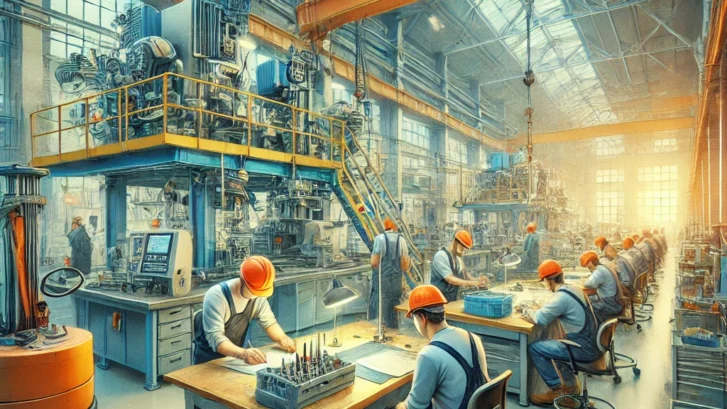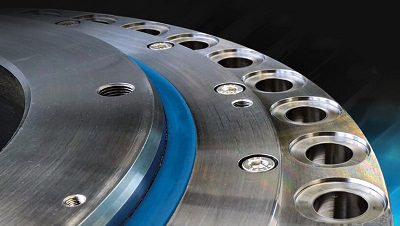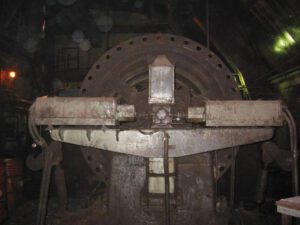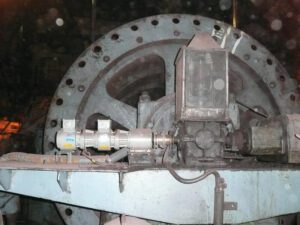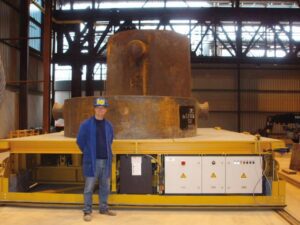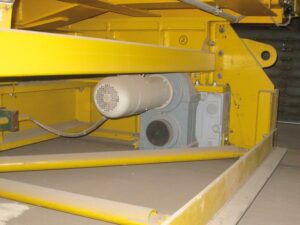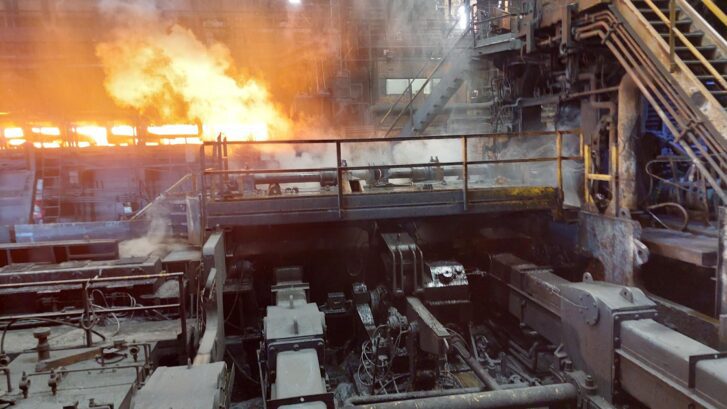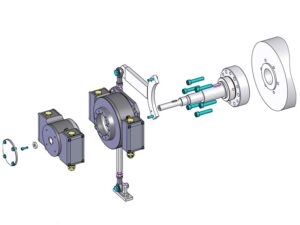Ergonomics in Industrial Workspaces
The Importance of Ergonomics in Industrial Workspaces
In industrial settings, where heavy machinery, repetitive tasks, and physical labor are common, the design of the work environment is crucial. Ergonomics in industrial workspaces plays a vital role in boosting productivity, lowering injury risks, and improving worker well-being. This article explores why ergonomics is essential in industrial workplaces and how it benefits both workers and businesses.
Boosting Worker Efficiency
Productivity in industrial environments is closely tied to how efficiently workers can perform their tasks. Ergonomics in industrial workspaces helps by minimizing physical strain. For example, placing tools and machinery controls within easy reach reduces unnecessary movements. This allows workers to complete tasks quickly and comfortably. When workers are less tired and more comfortable, they can stay productive throughout their shifts.
Lowering the Risk of Injuries
Industrial workplaces often face a higher risk of injuries, especially those related to repetitive motions, heavy lifting, and awkward postures. Ergonomics in industrial workspaces works to reduce these risks by promoting safe body mechanics. Adjustable workbenches and lift-assist devices can reduce the physical strain on workers, lowering the chance of back injuries and other related issues. Learn more about workplace safety here.
Improving Safety and Well-being
Safety is a top concern in industrial settings. Ergonomics in industrial workspaces helps create a safer environment by reducing the physical demands on workers. This not only protects their health but also improves their overall well-being. When employees feel safe and comfortable, their job satisfaction and morale rise, leading to a more motivated and engaged workforce.
Improving Work Quality
The quality of work in industrial settings often depends on the physical condition of workers. Fatigue, discomfort, and injuries can lead to mistakes and lower product quality. Ergonomics in industrial workspaces helps by reducing strain and discomfort. For example, using ergonomic tools that lessen vibration and noise can help workers maintain precision and focus, resulting in better-quality outputs and fewer defects.
A Cost-effective Solution for Industrial Businesses
Investing in ergonomic solutions is a smart financial move for industrial businesses. While there may be upfront costs for ergonomic practices, the long-term benefits far outweigh these expenses. Lower injury rates mean reduced medical costs, fewer workers’ compensation claims, and less downtime due to injury. Additionally, better productivity and work quality can boost profitability. In short, ergonomics in industrial workspaces protects workers’ health while improving the company’s bottom line.
Adaptable Across Industrial Environments
Ergonomics in industrial workspaces is not a one-size-fits-all solution. It can be tailored to meet the specific needs of different industrial environments. Whether in manufacturing plants, warehouses, or construction sites, ergonomic principles create safer and more efficient workspaces. For example, in a manufacturing plant, ergonomics might involve designing workstations that allow for easy access to tools and materials, reducing the need for workers to bend, twist, or reach awkwardly. Check out our guide on ergonomic practices in manufacturing.
Conclusion
In the industrial sector, ergonomics in industrial workspaces is a necessity. By focusing on ergonomic design, businesses can boost productivity, reduce the risk of injuries, and improve overall safety and well-being. Whether in a factory, warehouse, or construction site, ergonomics is essential for creating a safe, efficient, and productive work environment. As the industrial landscape changes, the importance of ergonomics will only grow, making it a key consideration for companies that value the health and success of their workforce.


